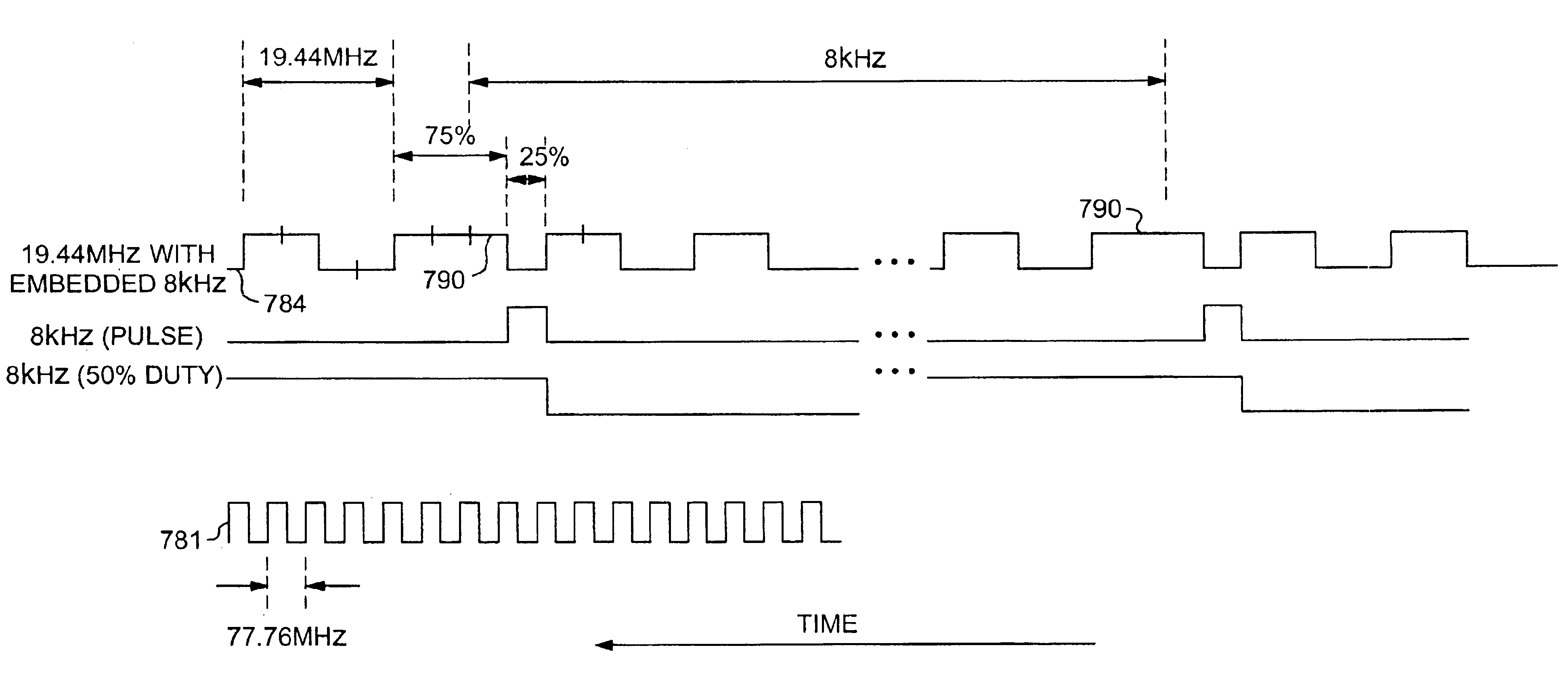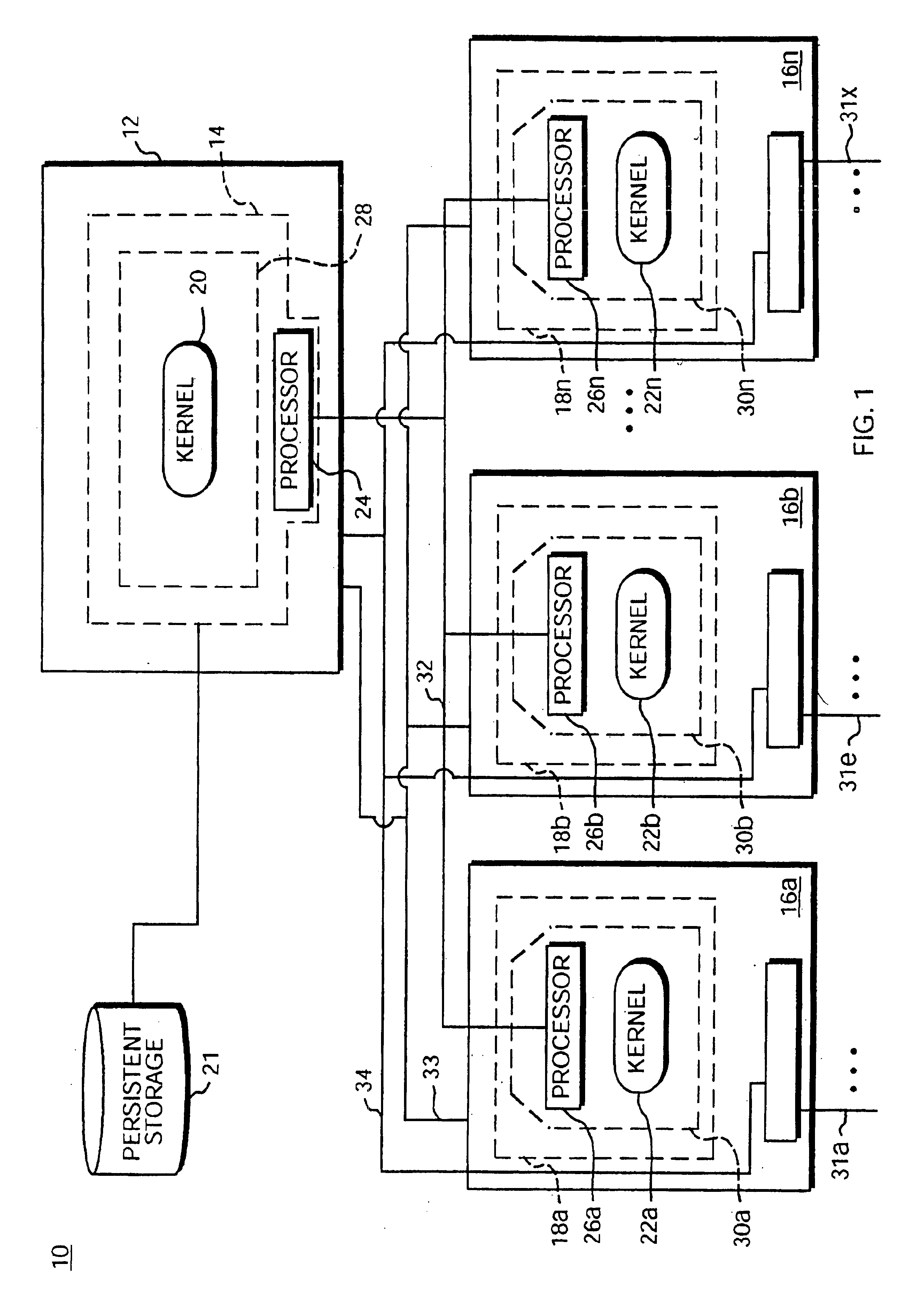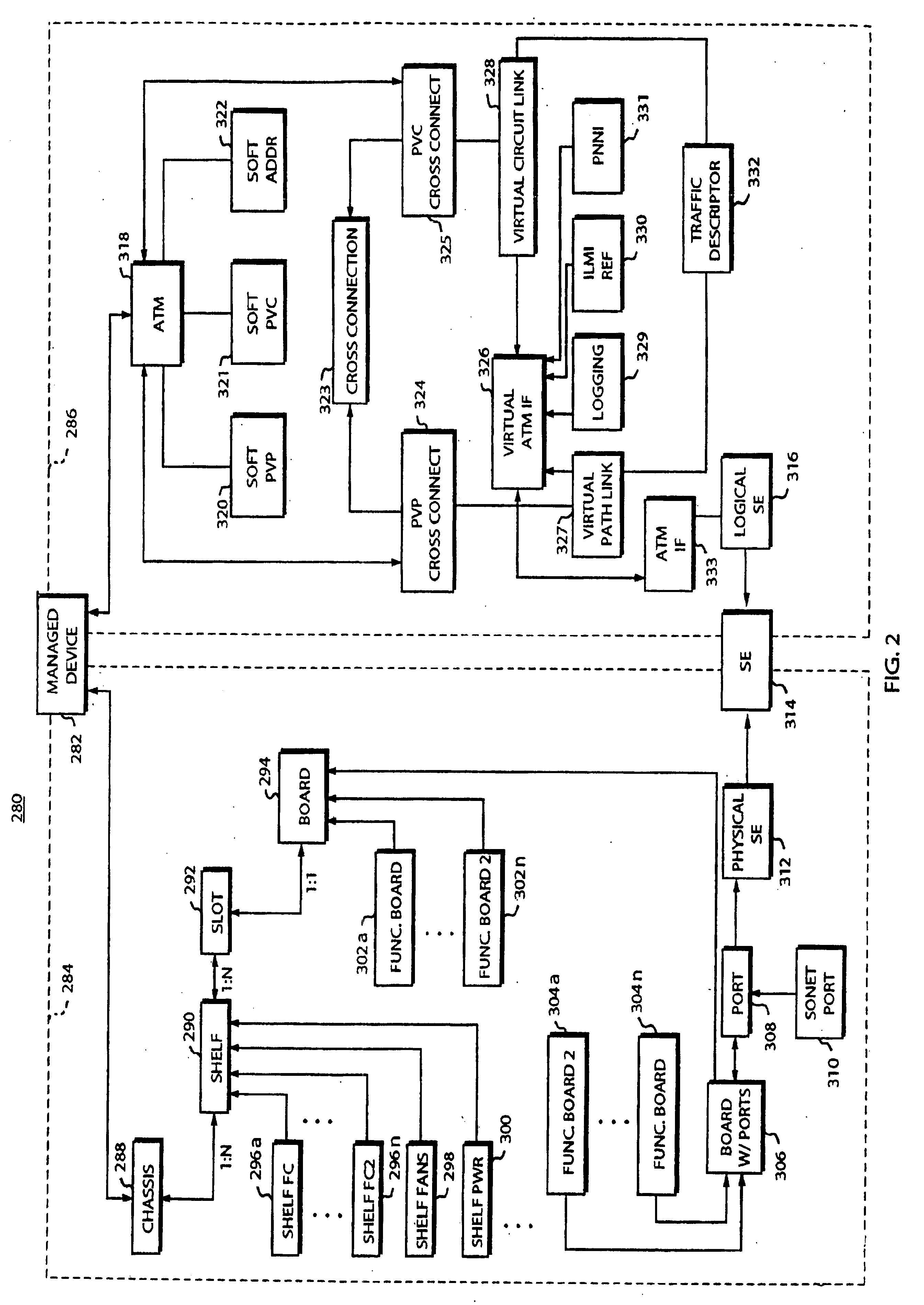Network device with embedded timing synchronization
- Summary
- Abstract
- Description
- Claims
- Application Information
AI Technical Summary
Benefits of technology
Problems solved by technology
Method used
Image
Examples
Embodiment Construction
A modular software architecture solves some of the more common scenarios seen in existing architectures when software is upgraded or new features are deployed. Software modularity involves functionally dividing a software system into individual modules or processes, which are then designed and implemented independently. Inter-process communication (IPC) between the modules is carried out through message passing in accordance with well-defined application programming interfaces (APIs). A protected memory feature also helps enforce the separation of modules. Modules are compiled and linked as separate programs, and each program runs in its own protected memory space. In addition, each program is addressed with an abstract communication handle, or logical name. The logical name is location-independent; it can live on any card in the system. The logical name is resolved to a physical card / process during communication. If, for example, a backup process takes over for a failed primary pro...
PUM
 Login to View More
Login to View More Abstract
Description
Claims
Application Information
 Login to View More
Login to View More - R&D
- Intellectual Property
- Life Sciences
- Materials
- Tech Scout
- Unparalleled Data Quality
- Higher Quality Content
- 60% Fewer Hallucinations
Browse by: Latest US Patents, China's latest patents, Technical Efficacy Thesaurus, Application Domain, Technology Topic, Popular Technical Reports.
© 2025 PatSnap. All rights reserved.Legal|Privacy policy|Modern Slavery Act Transparency Statement|Sitemap|About US| Contact US: help@patsnap.com



